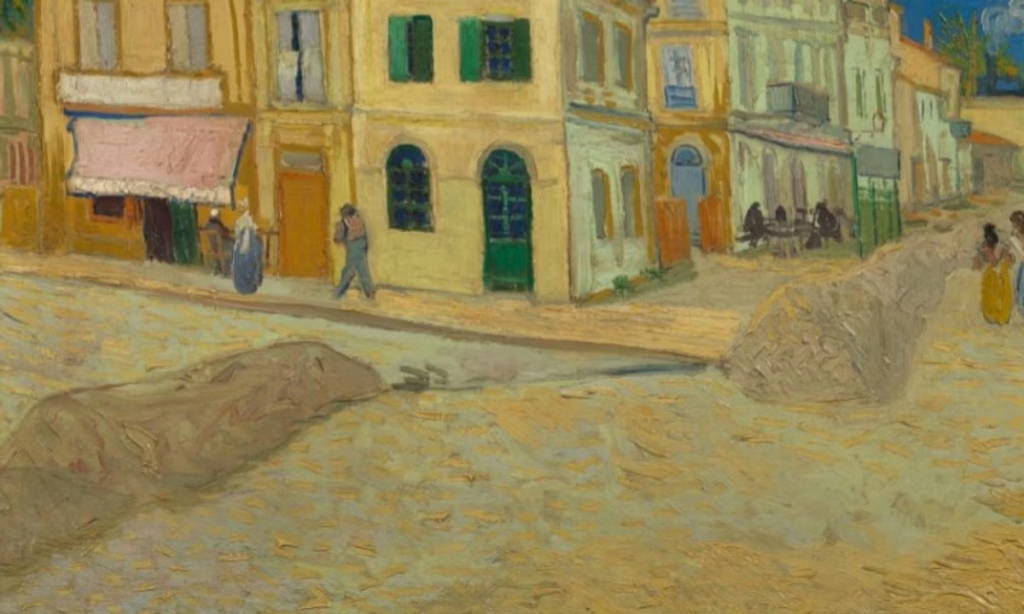Among Van Gogh’s most intriguing paintings is The Yellow House (September 1888), depicting his cosy home in Arles, set beneath a magnificent deep-blue sky. But the messy piles that are heaped up along the road in the foreground appear distracting, and seem to make little sense.
Van Gogh’s The Yellow House (September 1888)
Van Gogh Museum, Amsterdam (Vincent van Gogh Foundation)
When the painting was shown in an exhibition in 2000 an explanation was suggested: the piles were said to depict works being done on a trench for the installation of gas pipes. At that time there was no gas lighting inside the Yellow House and Van Gogh had wanted to make it possible to paint in the evenings. His colleague Paul Gauguin was just about to arrive, and this spurred him on to get gas installed.
On 17 October 1888, three weeks after the painting was completed and six days before Gauguin’s arrival, Van Gogh informed him that this work had been accomplished. “I’ve had gas put in the studio, so that we’ll have good light in winter,” he wrote.
But the Van Gogh Museum’s senior researcher, Teio Meedendorp, points out that gas lighting would not have required digging up the whole road outside the Yellow House; most of the work would have occurred inside the building with just a link to the street. In Arles, gas mains had been laid in the main roads by 1881 and there was already street lighting. Evidence of this can actually be seen in The Yellow House painting, with a prominent lamp on the far-left side.
In a paper just published on the museum’s website, Meedendorp shares a better answer: the piles are actually cleansing sand, used to deal with horse manure.
He points to a 1902 postcard which shows the south side of Place Lamartine (the Yellow House was on the north side). In the postcard, there is a similar pile, parallel to the edge of the road, with a man holding a shovel just visible at the far end. He is clearing up manure that has been dropped in front of one of the main rampart entrances to the city, on the route from the railway station.
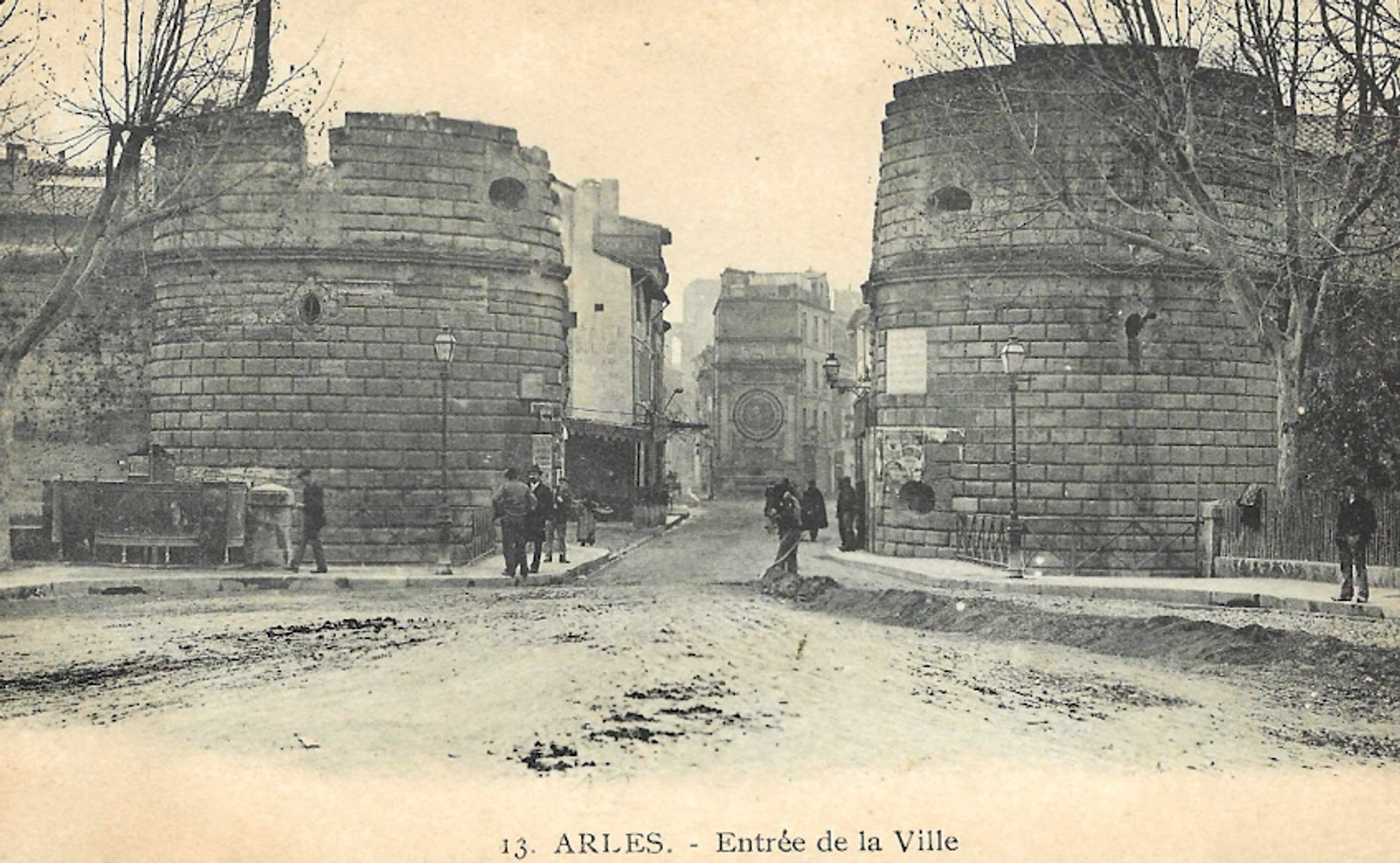
Postcard of Arles, Arles – entrée de la Ville (1902), with some manure in the road and a long pile of dark sand on the right side
As Meedendorp points out, the man is “cleaning up the dung—mostly that of horses—deposited every day in the street; the droppings are most clearly visible in the foreground.” He adds: “The street behind the man… has already been cleaned and spread with a fresh layer of sand to absorb the urine and loose manure left by the passing animals.”
Lumps of manure dotting the road can also be seen in another 1902 postcard which shows the north of Place Lamartine, including the Yellow House (with the gendarmerie, or police station, on the right). Van Gogh’s former home is the small house on the left side of the street, just beyond the gas lamp (the same one as in the painting). His bedroom window was just above and to the right of the top of the lamp.
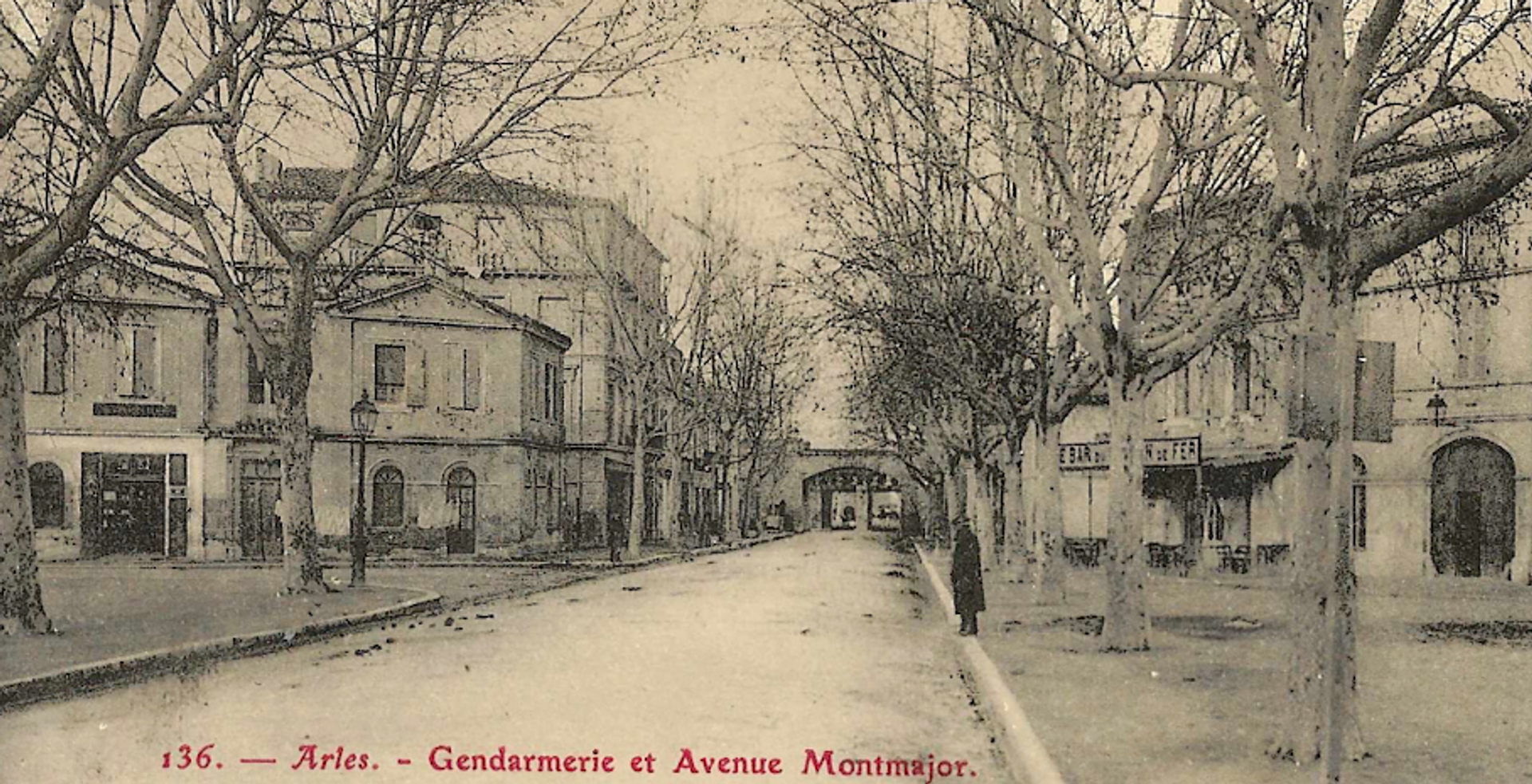
Postcard of Arles – Gendarmerie et Avenue Montmajour (1902)
In August 1888, just a month before Van Gogh’s painting, the Arles municipal council outsourced the cleaning of its streets to a new company, to deal with “dung and sweepings”.
The question that remains is why Van Gogh chose to include a long pile of sand in The Yellow House? Perhaps the problem of dealing with manure just outside his front door and studio window then simply seemed part of everyday life.
In Van Gogh’s time it was not only horses that had to be catered for, but also men. On the south side of Place Lamartine, the postcard Arles – entrée de la Ville includes a prominent cast-iron pissoir—a style of public urinal—then a relatively recent addition to municipal street scenes in the French provinces.
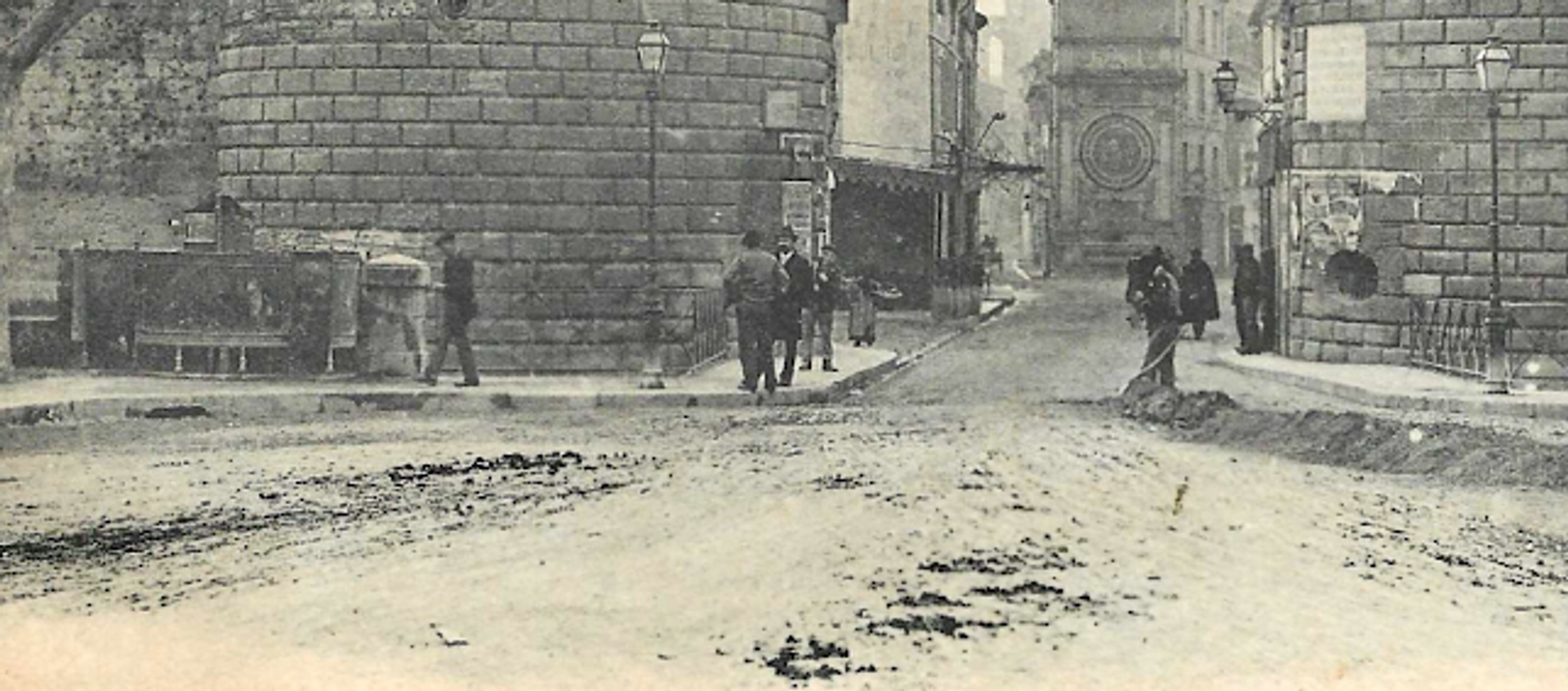
Arles – entrée de la Ville (1902) (detail)
With today’s eyes, this seems a curious inclusion in a greetings postcard. But at that time such a facility was quite normal—and might even have been regarded as a sign of modernity.
Other Van Gogh news
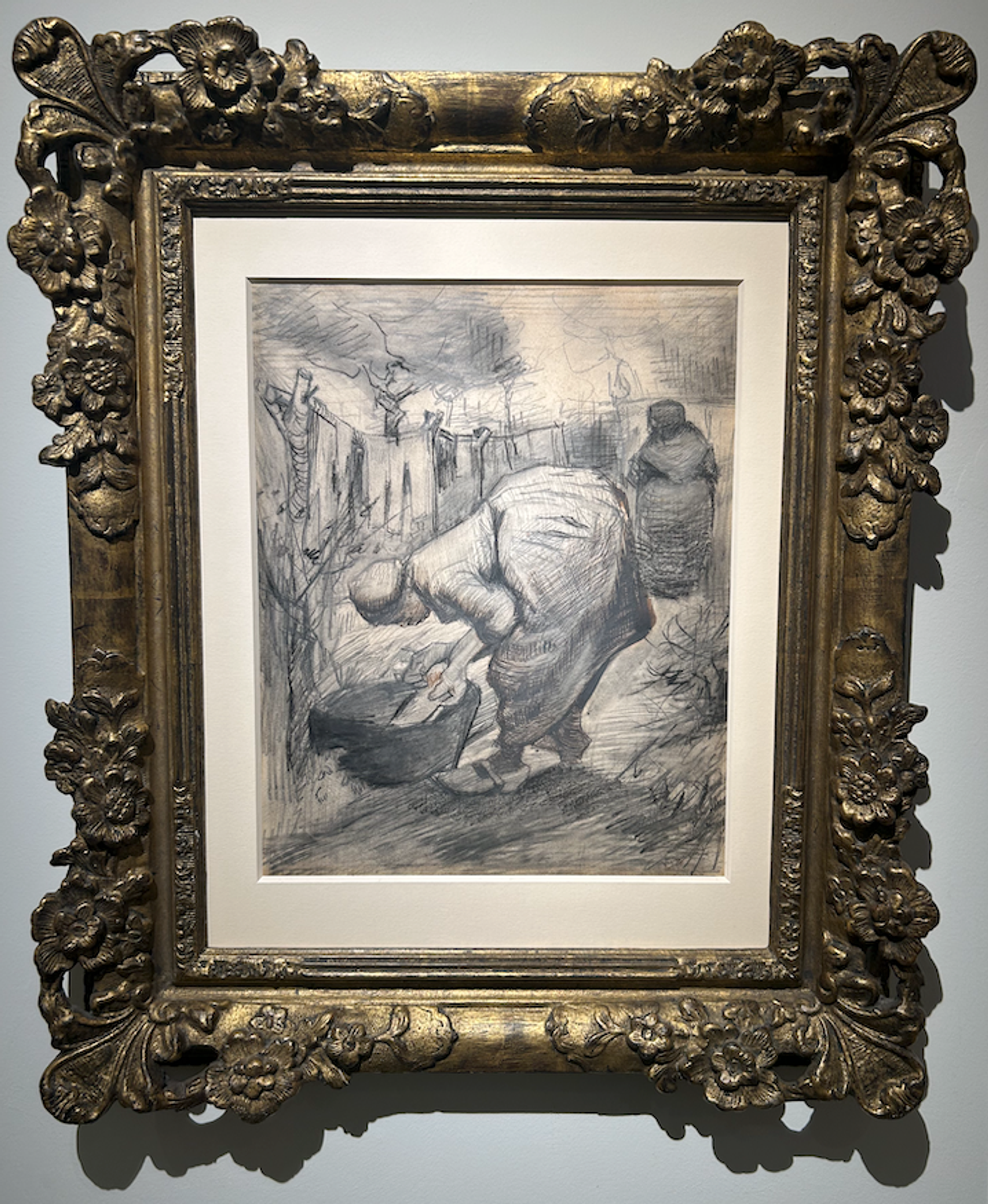
Van Gogh’s Woman by the Wash Tub, in a Garden (September-October 1885)
The Art Newspaper
Christie’s is privately offering (not at auction) a Van Gogh drawing from the artist’s Nuenen period, when he was living with his parents and using peasants as his models. In Woman by the Wash Tub, in a Garden (September-October 1885) the main figure is scrubbing clothes, with another female figure in the background hanging them. The signed drawing was sold at a Christie’s auction in 2023 for £1.5m. In the 1970s the drawing was owned by the distinguished Swiss collector Robert von Hirsch. To coincide with London’s Frieze fair week, it briefly went on display in their King St building.
Martin Bailey is a leading Van Gogh specialist and special correspondent for The Art Newspaper. He has curated exhibitions at the Barbican Art Gallery, Compton Verney/National Gallery of Scotland and Tate Britain.
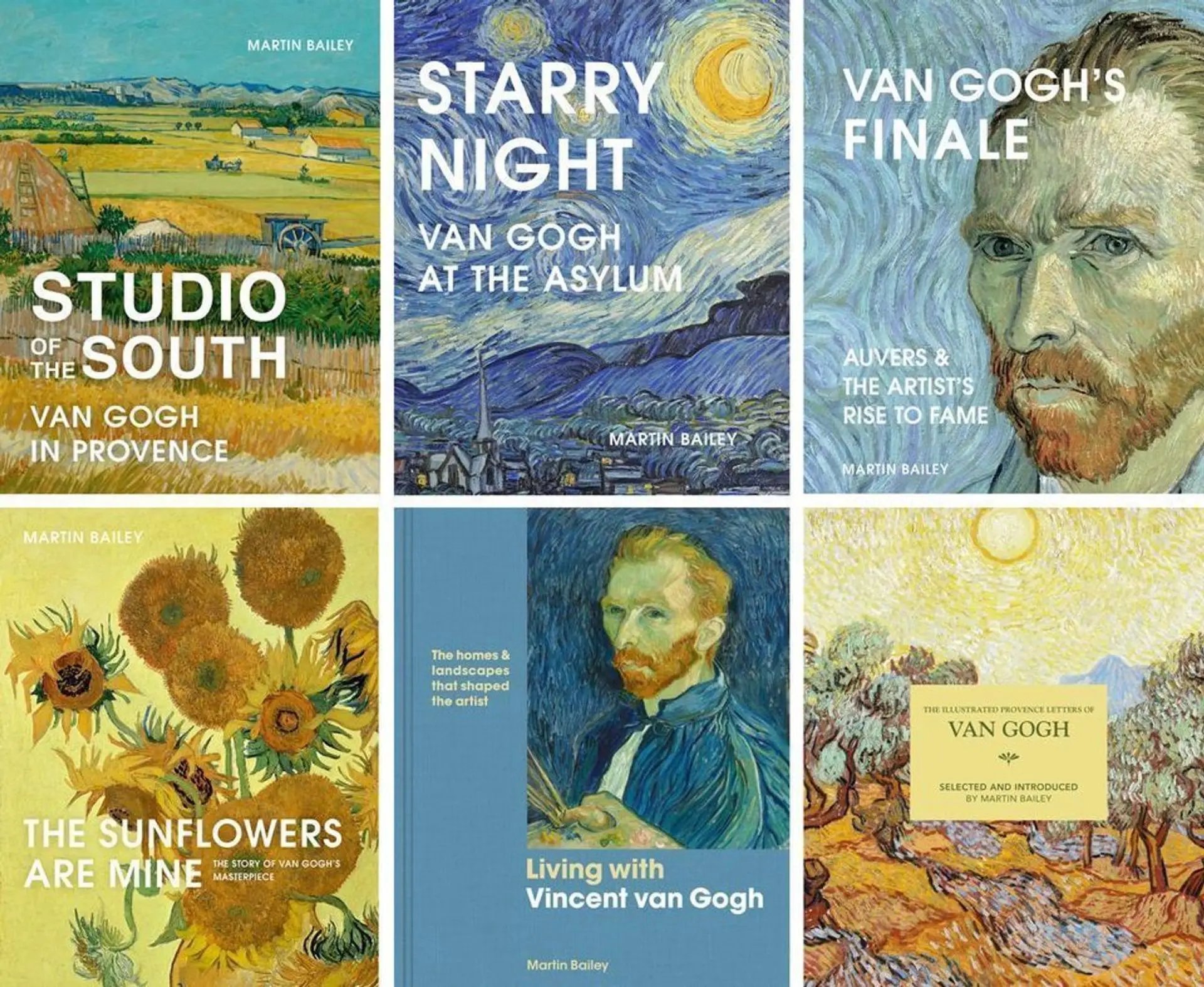
Martin Bailey’s recent Van Gogh books
Martin has written a number of bestselling books on Van Gogh’s years in France: The Sunflowers Are Mine: The Story of Van Gogh’s Masterpiece (Frances Lincoln 2013, UK and US), Studio of the South: Van Gogh in Provence (Frances Lincoln 2016, UK and US), Starry Night: Van Gogh at the Asylum (White Lion Publishing 2018, UK and US) and Van Gogh’s Finale: Auvers and the Artist’s Rise to Fame (Frances Lincoln 2021, UK and US). The Sunflowers are Mine (2024, UK and US) and Van Gogh’s Finale (2024, UK and US) are also now available in a more compact paperback format.
His other recent books include Living with Vincent van Gogh: The Homes & Landscapes that shaped the Artist (White Lion Publishing 2019, UK and US), which provides an overview of the artist’s life. The Illustrated Provence Letters of Van Gogh has been reissued (Batsford 2021, UK and US). My Friend Van Gogh/Emile Bernard provides the first English translation of Bernard’s writings on Van Gogh (David Zwirner Books 2023, UKand US).
To contact Martin Bailey, please email [email protected]
Please note that he does not undertake authentications.
Explore all of Martin’s adventures with Van Gogh here
